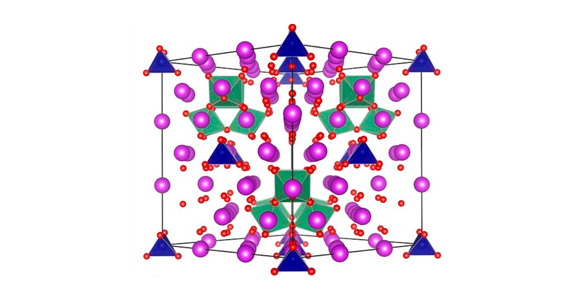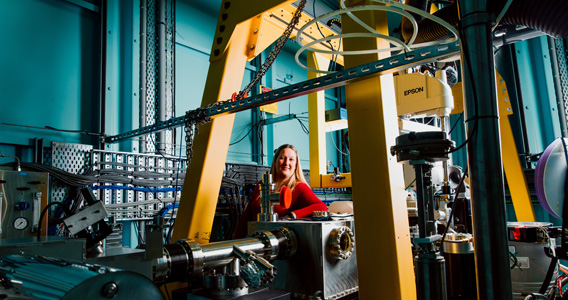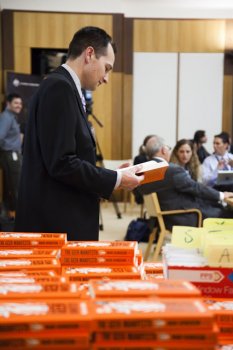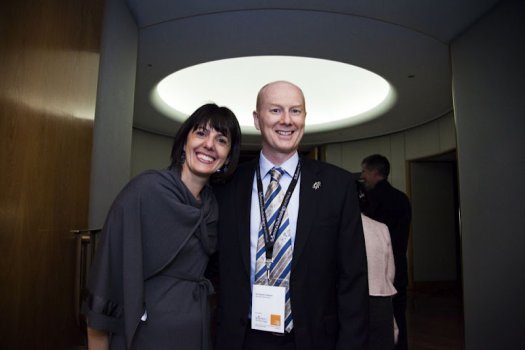Two days is a long time in politics
In September 2012, Helen Maynard-Casely (photo at right), Tom Caradoc-Davies (photo below), David Cookson and Rebecca Schepers found themselves in a large, round, iconic building that wasn’t the synchrotron. They were addressing a major challenge for Australian science in which the main focus was not research, but how best to communicate with politicians. According to Science & Technology Australia, only 15 of Australia’s 226 federal parliamentarians have a qualification in science or engineering.
The occasion was the 13th annual Science Meets Parliament, an important event in which around 200 scientists from across Australia descend on Canberra for two days of face-to-face discussions with politicians, parliamentary staffers, lobbyists and journalists.
Participating scientists spent the first day learning how to engage and interact with government and the media. The second day was devoted to visiting ministers and their advisors, attending question time and listening to a national press club address from Brian Schmidt, ANU astrophysicist and joint winner of the 2011 Nobel Prize in Physics.
During the event, scientists delivered a copy of The Geek Manifesto (purchased by scientists) to each and every MP, in the ‘Geek the Vote’ campaign initiated by Science & Technology Australia (formerly the Federation of Scientific and Technological Societies). The Geek Manifesto is an agenda-setting book by UK author Mark Henderson that aims to place science at the centre of policy development.
Other notable happenings included the launch of the APS200 Project: The Place of Science in Policy Development in the Public Service final report, by Patricia Kelly, Deputy Secretary for the Department of Industry, Innovation, Science, Research and Tertiary Education.
The Agricultural Biotechnology Council of Australia (formerly Agrifood Awareness Australia) was also launched during Science Meets Parliament. This industry initiative aims to increase public awareness of, and encourage informed debate and decision making about gene technology.
Many of the scientists who participated were keen to engage with politicians and media through social media, especially twitter.
Science meets Parliament provided an opportunity for our team to get “up close and personal” with key government personnel. Discussion partners included The Hon. Alan Griffin MP, Member for Bruce (the electorate in which the synchrotron lies), The Hon. Dennis Jensen MP (a former research scientist, now Member for Tangney, an inner metropolitan Perth electorate), Nathan Deutscher (advisor to the Deputy Prime Minister and Treasurer, The Hon. Wayne Swan MP).
“Meeting with the advisor to the Treasurer enabled me to provide a human face to how the synchrotron works and the diversity of its applications,” Rebecca said. “Nathan Deutscher has a background in physics and was very intrigued to hear about our facility. As the Treasurer’s advisor, he was also keen to hear more about the necessary and intrinsic relationship between fundamental research and the benefits it can lead to for industry.”

Photos above L-R: Rebecca Schepers, Anna-Maria Arabia (CEO of Science & Technology Australia) and David Cookson
Image credit for all photos on this page: Lorna Sim / Science & Technology Australia



